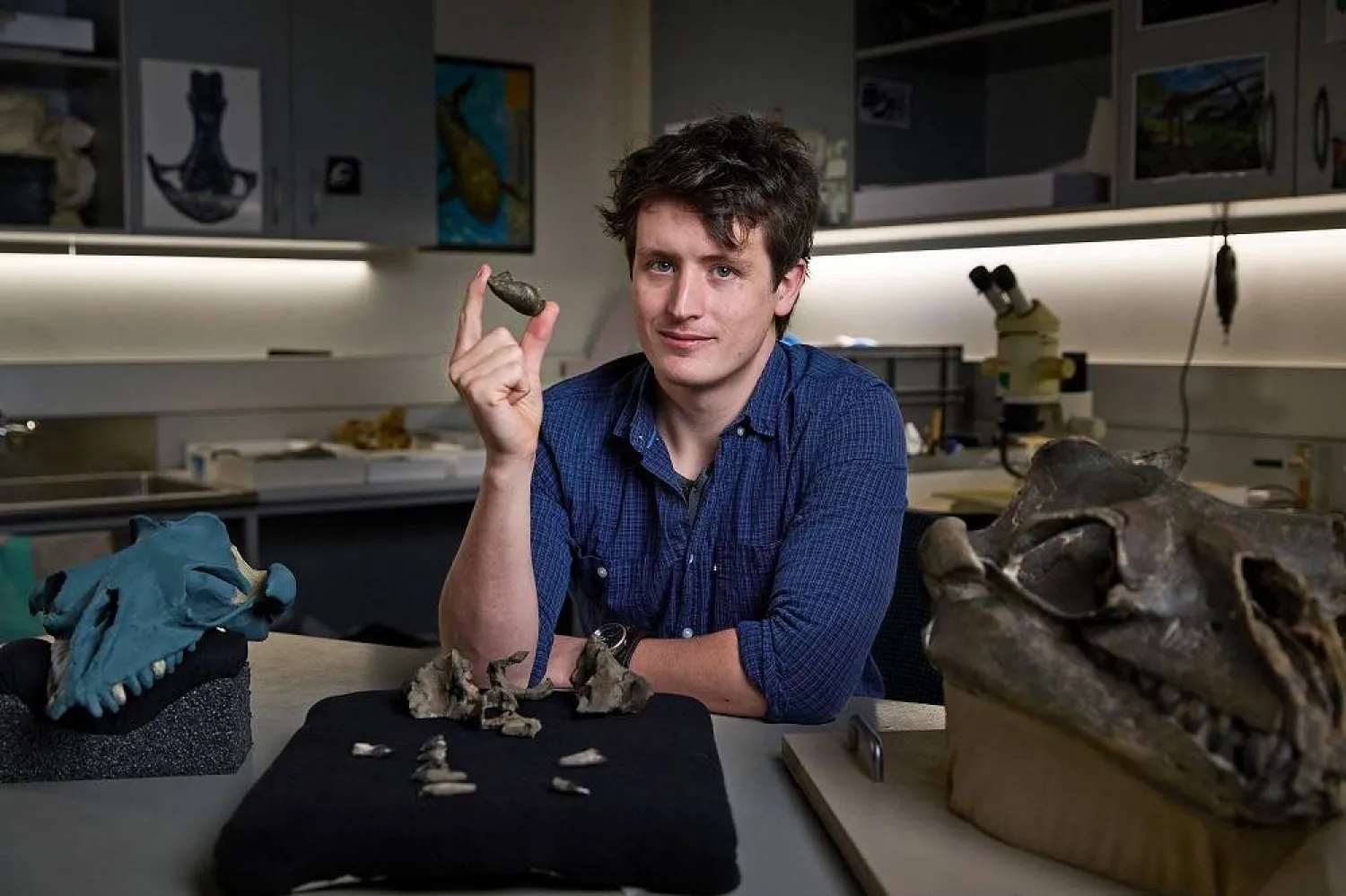A research team at the University of Boston’s Photonics Center developed an imaging tool that could replace the traditional form of MRI scan and ensure more accurate results and less anxiety.
Usually, patients undergoing such a medical procedure could experience stress and discomfort, however, the new helmet-like tool, which marks a revolution in the field of medical imaging, is characterized with a funny look that alleviates stress. During the study published Feb. 12 in the scientific journal Advanced Material, the researchers reported the metamaterial used in the design, packing in a ton of physics, engineering, and mathematical know-how. The design was overseen by Xin Zhang, professor of mechanical engineering at BU's Photonics Center.
“The metamaterials used in the helmet is a type of engineered structure created from small unit cells that might be unspectacular alone, but when grouped together in a precise way, get new superpowers not found in nature. Metamaterials, for instance, can bend, absorb, or manipulate waves -- such as electromagnetic waves, sound waves, or radio waves. Each unit cell is typically arranged in a repeating pattern in rows and columns; they can be designed in different sizes and shapes, and placed at different orientations, depending on which waves they're designed to influence,” explained Zhang.
The materials used in the helmet include a component that blocks sound without stopping airflow (imagine quieter jet engines and air conditioners) and a magnetic metamaterial that can improve the quality of magnetic resonance imaging (MRI) machines used for medical diagnosis. These materials were deployed in a helmet-like device, which fits over a person's head and can be worn during a brain scan, boosts MRI performance, creating crisper images that can be captured at twice the normal speed. According to Zhang, the helmet makes MRIs less costly and more time efficient for doctors, radiologists, and patients -- all while improving image quality, which will help make the technology more widely available, particularly in the developing countries.







